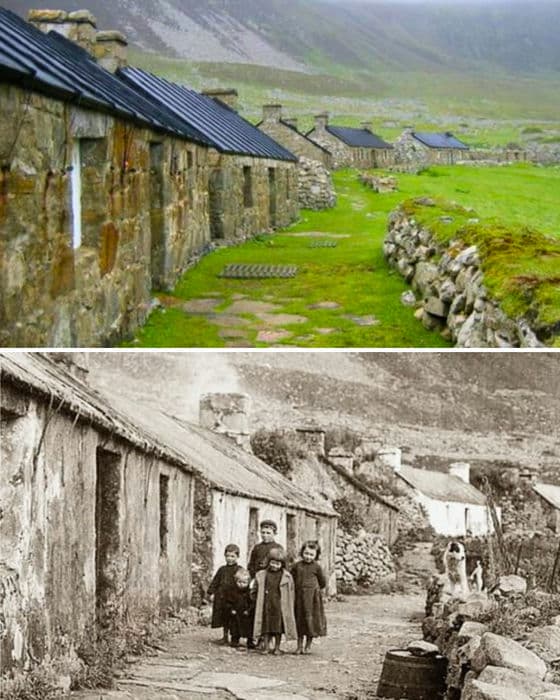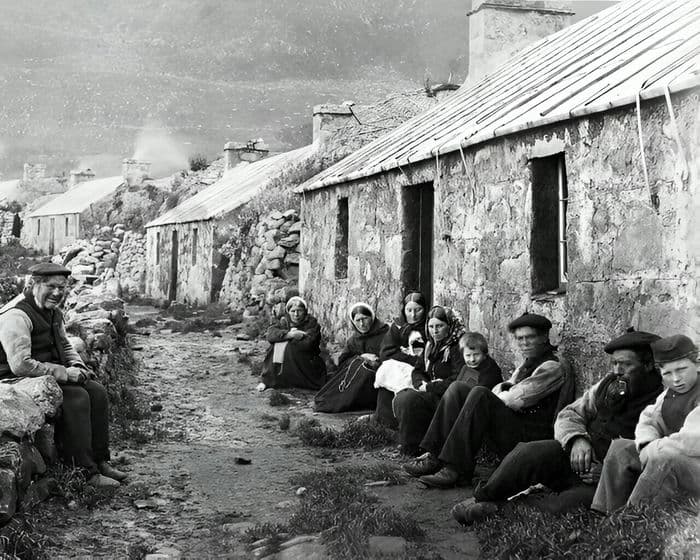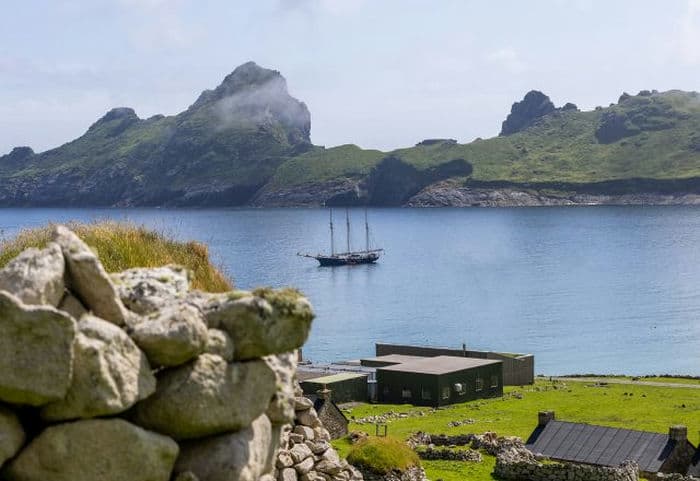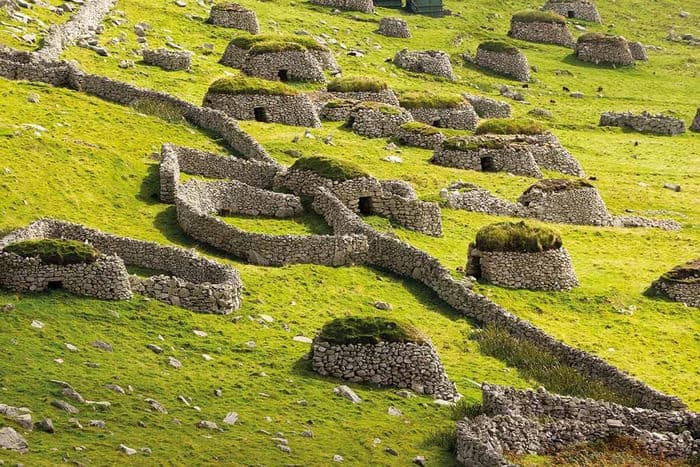St Kilda, a remote archipelago off the west coast of Scotland, is renowned for its breathtaking natural beauty and unique cultural history. These islands have developed a stunning natural habitat over millions of years, supporting a distinct community and culture. Approximately 160 years ago, St Kilda’s residents lived in basic yet habitable stone houses, making a life on these rugged islands. The best time to visit St Kilda is during the summer months (June to August) when the weather is more favorable, and boat trips to the islands are more frequent.

Exploring St Kilda: A Journey to the Edge of Scotland
When I first set foot on St Kilda, I was awestruck by its untouched beauty and historical significance. Here are five must-visit places on this captivating archipelago:
1. Village Bay
Village Bay is the main settlement on the island of Hirta, the largest in the St Kilda group. The remnants of the stone houses and cleits (stone storage huts) provide a fascinating insight into the lives of the island’s former inhabitants.
2. St Kilda Cliffs
The cliffs of St Kilda are some of the highest in the UK, offering spectacular views and a haven for seabirds. These cliffs are home to the largest colony of gannets in the world, making it a birdwatcher’s paradise.
3. The St Kilda Museum
Located in the restored village, the St Kilda Museum offers a glimpse into the archipelago’s history, culture, and the challenges faced by its residents. Exhibits include artifacts, photographs, and informative displays.
4. Conachair
Conachair is the highest point on Hirta, standing at 430 meters. A hike to the summit provides panoramic views of the surrounding islands and sea, as well as a sense of the isolation and majesty of St Kilda.
5. The St Kilda World Heritage Site
The entire archipelago is designated a UNESCO World Heritage Site, recognized for both its natural and cultural significance. Exploring this site allows visitors to appreciate the unique blend of natural beauty and historical importance.




FAQs About St Kilda
1. What is the history of St Kilda?
St Kilda has been inhabited for over 2,000 years. Its residents lived a unique and isolated lifestyle, relying on seabirds and farming for sustenance. The last inhabitants were evacuated in 1930 due to harsh living conditions.
2. When is the best time to visit St Kilda?
The best time to visit St Kilda is during the summer months (June to August). During this period, the weather is more favorable, and boat trips to the islands are more frequent, ensuring a safer and more pleasant visit.
3. What wildlife can be seen on St Kilda?
St Kilda is renowned for its seabird colonies, including gannets, puffins, and fulmars. Additionally, the islands are home to the unique St Kilda wren and Soay sheep, which are descendants of Bronze Age domestic sheep.
4. How can I get to St Kilda?
Access to St Kilda is primarily by boat from the Isle of Skye or the Outer Hebrides. There are also occasional helicopter trips. Due to its remote location, visits are weather-dependent and should be planned accordingly.
5. What is the significance of the cleits on St Kilda?
Cleits are small stone storage huts unique to St Kilda. They were used by the islanders to store food, peat, and other supplies. Over 1,400 cleits can still be seen across the islands, highlighting the ingenuity of the St Kildans.
St Kilda’s blend of natural splendor and historical depth makes it a truly unique destination. Whether you’re drawn by its rugged landscapes or its intriguing past, a visit to St Kilda offers an unforgettable experience at the edge of Scotland.
